Meet the Only 5-Star Officer in Indian Air Force: Marshal Arjan Singh

Marshal Arjan Singh, a name synonymous with valor and leadership in the Indian Air Force (IAF), stands as a towering figure in the history of Indian military aviation. His journey from a young boy in Faisalabad to becoming the first and only five-star officer in the IAF is a tale of dedication, courage, and exemplary service.
This article explores the life, career, and legacy of Marshal Arjan Singh, shedding light on his remarkable contributions to the Indian military.
SSB Interview Books Power Pack: 4 Must Read Books for Defence Aspirants
Rs. 1,760.00
Sale price
Rs. 1,399.00
Let's Crack SSB Interview Book [Paperback]
Rs. 390.00
Sale price
Rs. 360.00
Breaking The Code of SSB Psychological Tests Book - SSB Interview (TAT/WAT/SRT/SD)
Rs. 390.00
Sale price
Rs. 360.00
OIR Test & PPDT Book - SSB Interview Screening Test - Stage 1 Testing
Rs. 490.00
Sale price
Rs. 375.00
Early Life and Background
Born on April 15, 1919, in Lyallpur (now Faisalabad, Pakistan), Arjan Singh hailed from a Punjabi Jat Sikh family with a rich military tradition. His lineage included several generations of soldiers, with his father serving as a Lance Daffadar in the cavalry. This familial legacy instilled in him a sense of duty and honor from a young age.
Education and Early Interests
Arjan Singh's early education took place in Montgomery (now Sahiwal, Pakistan), where he excelled in sports, particularly swimming. His athletic prowess earned him the captaincy of the college swimming team, and he set multiple records during his time there. In 1938, at the age of 19, he joined the Royal Air Force College Cranwell in the UK, where he continued to shine in various sports, including athletics and hockey.
Also Read: How Much is the Salary of Indian Air Force Chief?
The Call to Service
In December 1939, Singh was commissioned as a Pilot Officer after topping the Empire Pilot training course. His initial assignment was with No. 1 Squadron, where he flew Westland Wapiti biplanes. His early experiences in the North-West Frontier Province (NWFP) prepared him for the challenges that lay ahead during World War II.
Military Career and World War II
Rise Through the Ranks
During World War II, Singh's leadership skills came to the forefront as he commanded No. 1 Squadron during the Arakan Campaign. His exceptional performance earned him the Distinguished Flying Cross in June 1944, a testament to his bravery and tactical acumen. Singh's eagerness to engage in combat against the Japanese forces showcased his commitment to his duty.
Post-Independence Leadership
On August 15, 1947, as India gained independence, Singh led the first fly-past of the Royal Indian Air Force (RIAF) over the Red Fort in Delhi. This historic moment marked the beginning of a new chapter for the IAF, and Singh's leadership continued to shine as he took command of Air Force Station Ambala.
Indian Military Academy IMA Coffee Mug
Rs. 699.00
Sale price
Rs. 499.00
NDA Service Before Self Coffee Mug
Rs. 699.00
Sale price
Rs. 499.00
Officers Training Academy OTA Chennai Coffee Mug
Rs. 699.00
Sale price
Rs. 499.00
Indian Naval Academy INA Ezhimala Coffee Mug
Rs. 699.00
Sale price
Rs. 499.00
Chief of the Air Staff
Appointment and Responsibilities
In May 1964, Singh was appointed as the Chief of the Air Staff (CAS), becoming the youngest officer to hold this prestigious position. His tenure was marked by significant developments in the IAF, particularly during the Indo-Pakistani War of 1965. Singh's strategic decisions and calm demeanor under pressure were instrumental in the IAF's success during this conflict.
Indo-Pakistani War of 1965
The 1965 war tested Singh's leadership like never before. As tensions escalated, he was called upon to provide air support to ground forces. His prompt response and effective coordination led to successful airstrikes against enemy positions, showcasing the IAF's capabilities. For his exemplary service during the war, Singh was awarded the Padma Vibhushan, India's second-highest civilian honor.
Diplomatic and Political Career
Transition to Diplomacy
After retiring from the IAF in 1969, Singh transitioned into a diplomatic role, serving as India's Ambassador to Switzerland, the Holy See, and Liechtenstein from 1971 to 1974. His diplomatic skills were further utilized when he became the High Commissioner of India to Kenya from 1974 to 1977.
Later Roles and Honors
Singh's contributions to the nation did not end with his military service. He served as the Lieutenant Governor of Delhi from 1989 to 1990 and was actively involved in various organizations dedicated to the welfare of veterans. In 2002, he was conferred the rank of Marshal of the Indian Air Force, a title that remains unique to him.
Also Read: How to Become a Fighter Pilot in Indian Air Force?
Personal Life and Legacy
Family and Personal Interests
In 1948, Singh married Teji Singh, and together they had three children. Their marriage lasted for over six decades until Teji's passing in 2011. Singh remained active in his later years, contributing to various causes and supporting air force veterans.
Lasting Impact
Marshal Arjan Singh's legacy continues to inspire future generations of air warriors. His contributions to the IAF and the nation are commemorated through various initiatives, including the annual Marshal Arjan Singh Memorial All India Hockey Tournament. The IAF celebrated his centenary in 2019 with events across the country, honoring his vision and leadership.
Awards and Recognitions
Throughout his illustrious career, Singh received numerous accolades, including:
- Padma Vibhushan: Awarded for his distinguished service during the Indo-Pakistani War of 1965.
- Distinguished Flying Cross: Recognizing his bravery and leadership during World War II.
- Marshal of the Indian Air Force: The highest rank in the IAF, conferred in 2002.
These honors reflect his unwavering commitment to the nation and the air force.
Conclusion
Marshal Arjan Singh's life is a testament to the values of courage, leadership, and dedication to service. His journey from a young boy in Faisalabad to becoming the only five-star officer in the Indian Air Force is an inspiring narrative that resonates with aspiring military personnel and citizens alike. As we remember his contributions, we are reminded of the ideals of selfless service and patriotism that he embodied throughout his life.
FAQs
What is the significance of Marshal Arjan Singh in Indian military history?
Marshal Arjan Singh is celebrated as the only five-star officer in the Indian Air Force, known for his exemplary leadership during the Indo-Pakistani War of 1965 and his contributions to the IAF's development.
When did Marshal Arjan Singh serve as the Chief of the Air Staff?
He served as the Chief of the Air Staff from August 1, 1964, to July 15, 1969.
What awards did Marshal Arjan Singh receive during his career?
He received several awards, including the Padma Vibhushan and the Distinguished Flying Cross, recognizing his exceptional service and bravery.
How did Marshal Arjan Singh contribute to the welfare of veterans?
After his retirement, he actively supported various initiatives aimed at improving the welfare of air force veterans and their families.
What legacy did Marshal Arjan Singh leave behind?
His legacy is honored through various events and tournaments, inspiring future generations of air warriors and emphasizing the importance of service to the nation.


![Let's Crack SSB Interview Book [Paperback]](http://shop.ssbcrack.com/cdn/shop/files/ssb-books.webp?v=1736351621&width=533)



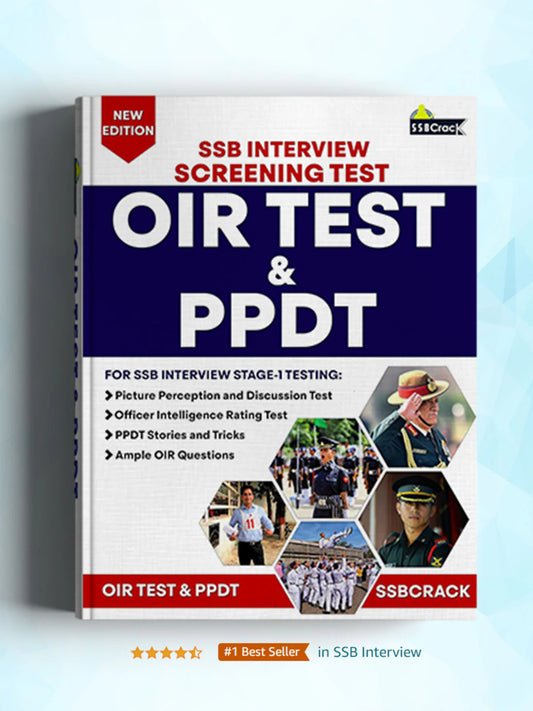

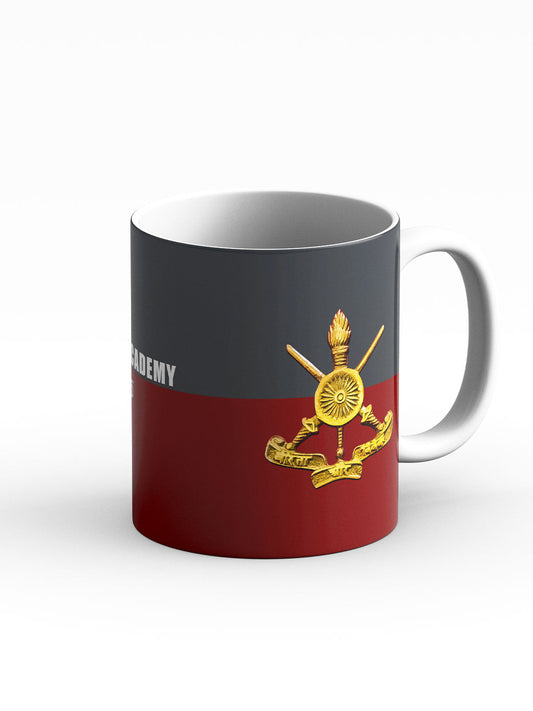

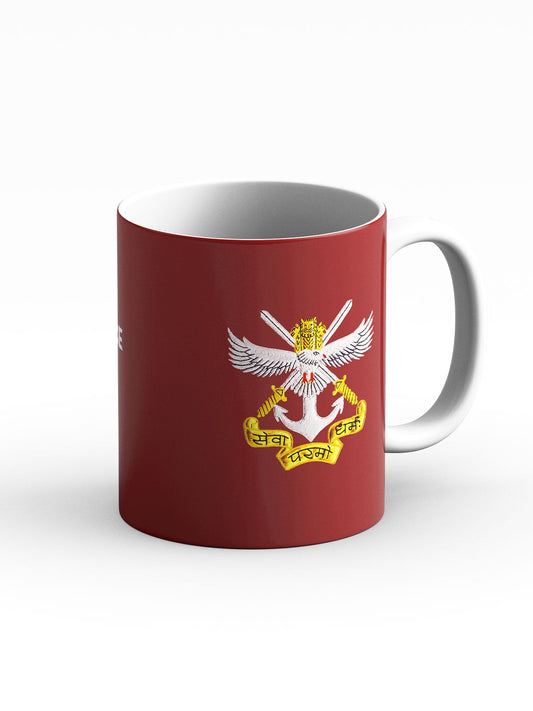








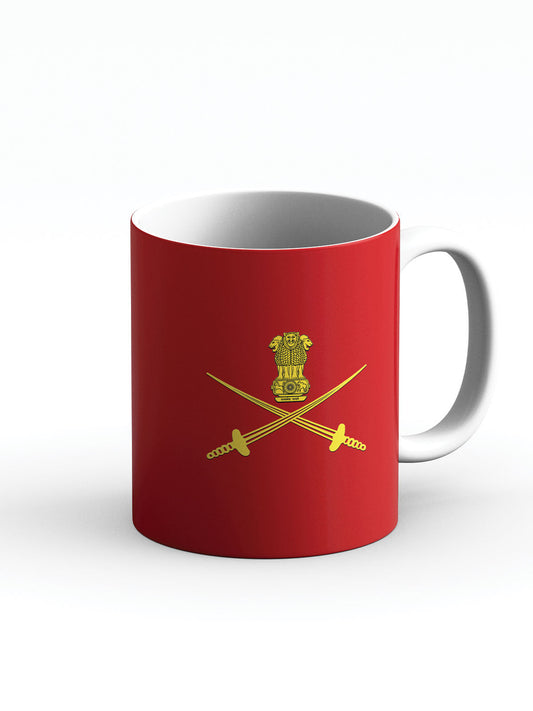


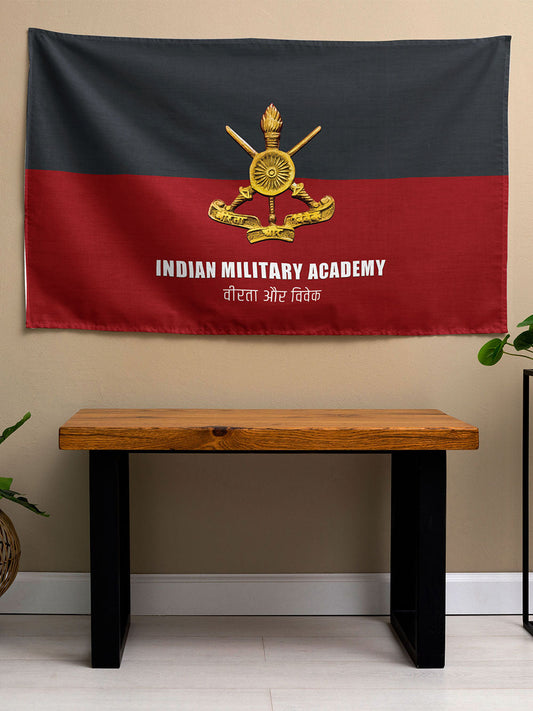

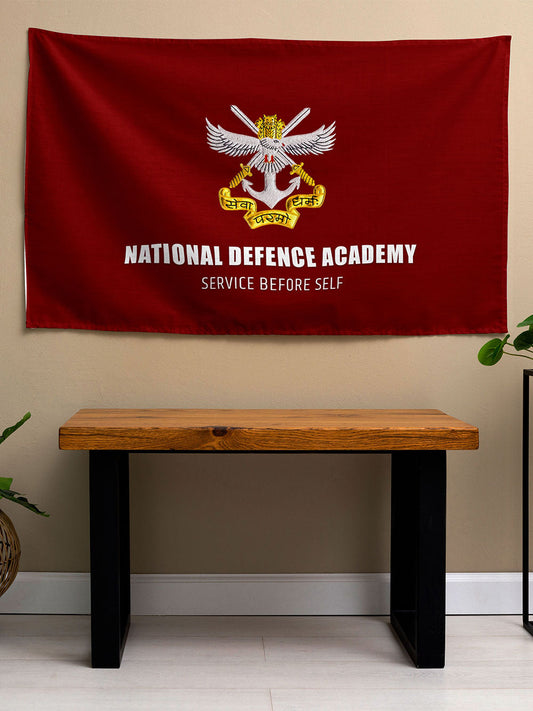
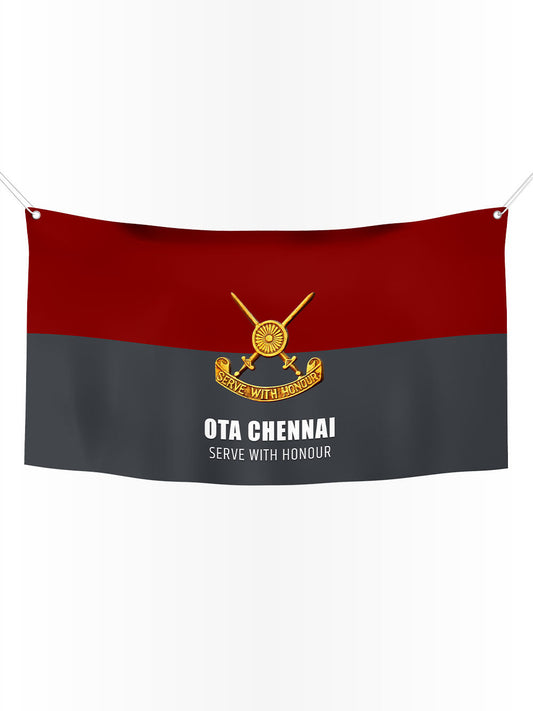
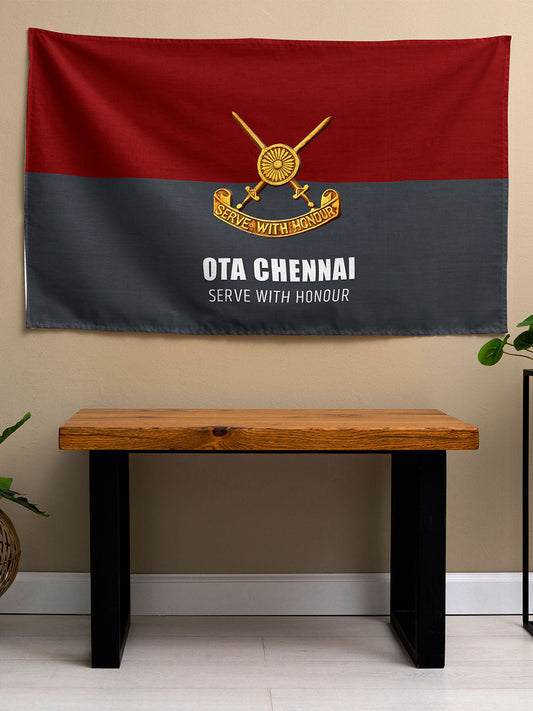
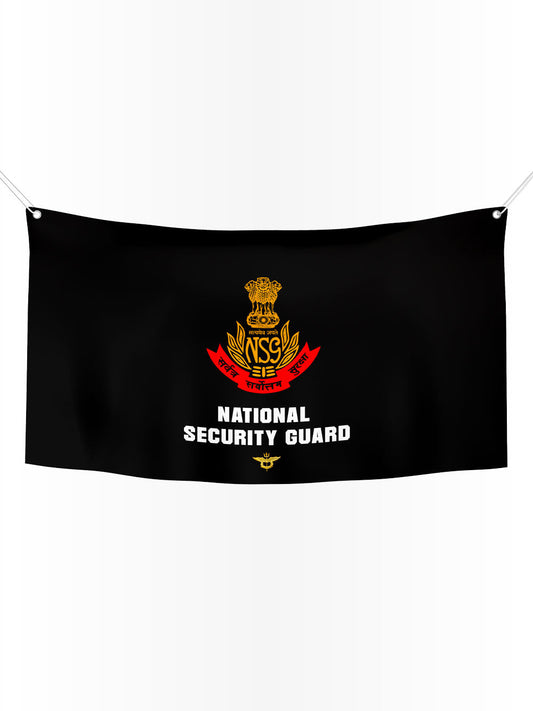
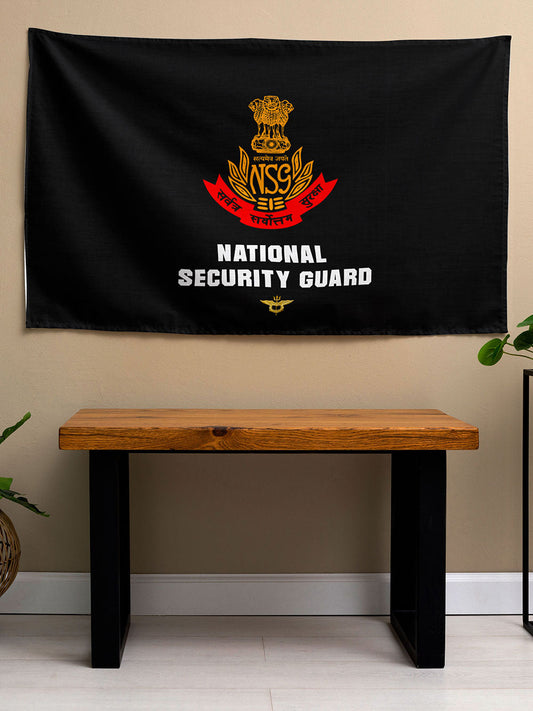

4 comments
I proud of his dedication to India and VETERANS.
Now it is time to copy the legacy of as Marshal Singh Sir for the Nation,
Less the figure of earlier retirement.
Jai Hind
Modi ji is actually serving tea !! He is down to earth.